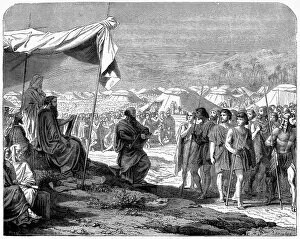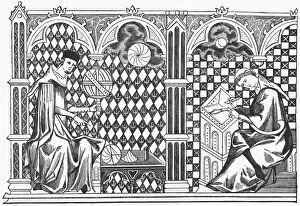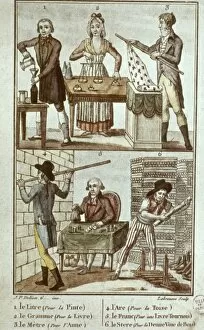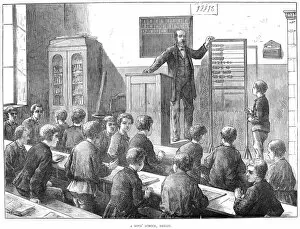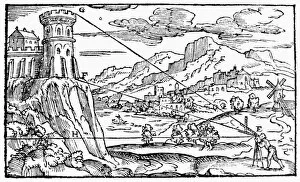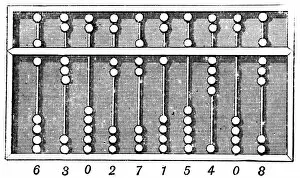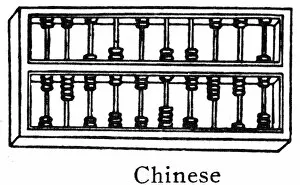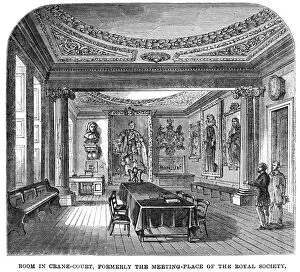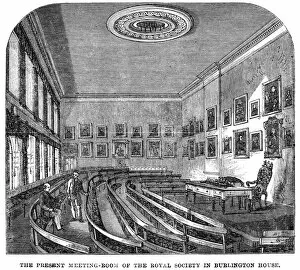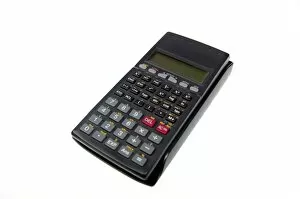Mathematic Collection (#4)
Mathematics has a rich and fascinating history that spans across centuries and cultures
For sale as Licensed Images
Choose your image, Select your licence and Download the media
Mathematics has a rich and fascinating history that spans across centuries and cultures. From ancient Egyptian papyri to German woodcuts, from Greek mathematicians to English scholars, the world of mathematics is filled with captivating stories. In 1840 BC, the Moscow Mathematical Papyrus presented its 14th problem, showcasing the mathematical prowess of ancient civilizations. Centuries later, Euclid's Elements emerged in a fragment found in Papyrus Oxyrhynchus 29 between 75 and 125 AD. This monumental work laid the foundation for geometry as we know it today. The Chou-Pei Suan-king, a Chinese mathematical masterpiece from around 1105 BC, introduced us to the Pythagorean Theorem without proof—a concept that continues to shape our understanding of triangles and their relationships. Fast forward to more recent times; Oxford University Press published "Formulae" in 1878—an invaluable resource for students delving into complex equations. Meanwhile, at Cambridge University, engraving captured the essence of intellectual pursuit through The Cambridge Mathematical Tripos. But mathematics isn't just about historical texts or academic pursuits—it also finds its way into popular culture. Dr. Seuss himself depicted Capitol Hill grappling with taxing dilemmas while trying not to lose any votes—a knotty problem indeed. And let's not forget about Leonhard Euler—the portrait of this brilliant mathematician reminds us of his significant contributions during the Enlightenment era. His groundbreaking discoveries continue to influence various fields even today. From ancient Egypt to modern-day America, mathematics remains an integral part of human civilization—unlocking secrets hidden within numbers and patterns that govern our world. Whether you're fascinated by geometric proofs or intrigued by algebraic equations, there is always something new and exciting waiting for you in the realm of mathematics.


